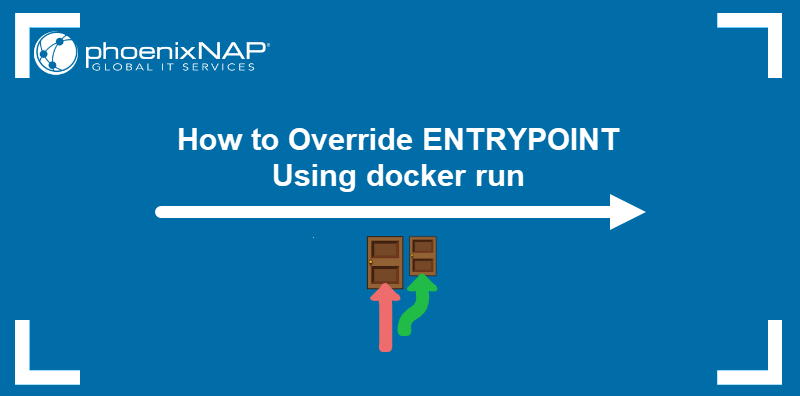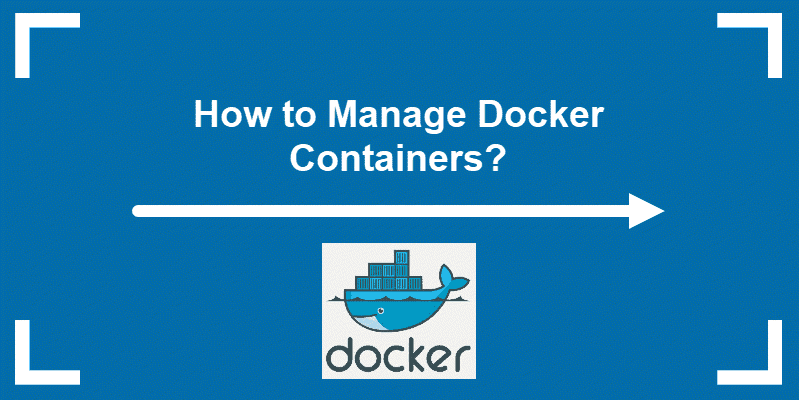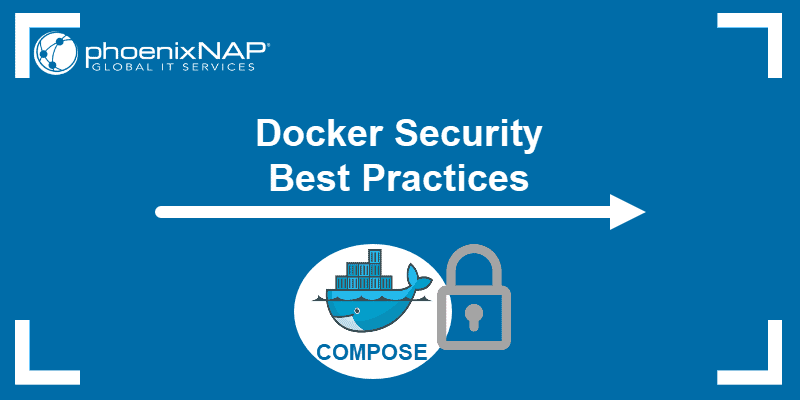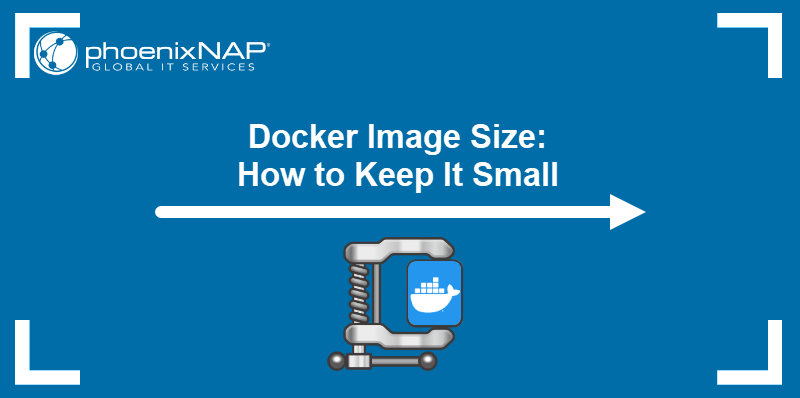The ENTRYPOINT instruction specifies which command a Docker container should run when it starts. While ENTRYPOINT cannot be permanently overridden, the docker run command allows users to replace it temporarily.
In this tutorial, you will learn how to override ENTRYPOINT using the docker run command.

Prerequisites
- Command-line access.
- Docker installed.
- A Docker image containing an
ENTRYPOINTinstruction.
ENTRYPOINT in Docker Explained
ENTRYPOINT is a Dockerfile instruction that specifies the command to run after the container is started. It is an immutable instruction, i.e., arguments at runtime cannot override it. This property makes the instruction helpful in creating dedicated containers for apps, web servers, and scripts.
Dockerfiles often feature ENTRYPOINT in conjunction with the CMD directive. The main difference between CMD and ENTRYPOINT is that the Docker daemon ignores CMD if the user passes a different argument at runtime. For this reason, ENTRYPOINT is used to specify the command and CMD to provide the default argument.
For example, the Dockerfile below defines a Docker image called test-override. The ENTRYPOINT directive tells Docker to execute the echo command while CMD defines "Hello, World!" as the default argument. For example:
FROM ubuntu
MAINTAINER test-user
RUN apt update
ENTRYPOINT ["echo"]
CMD ["Hello, World!"]Docker initiates the container when the user executes the following docker run command:
docker run test-overrideThe system runs the ENTRYPOINT directive by echoing the default argument to the command output.

However, if the user provides a custom argument as part of the docker run command, Docker ignores the CMD instruction:
docker run test-override new-argumentThe output prints the new argument.

Note: Learn more about the differences between Docker CMD and ENTRYPOINT.
Override ENTRYPOINT with docker run
The example above shows that supplying a new argument overrides the CMD directive, but the ENTRYPOINT remains the same. To override the ENTRYPOINT directive at runtime, add the --entrypoint option to the docker run command:
docker run [options] --entrypoint [new_command] [docker_image]The following command overrides the default echo command from the previous example and runs the container interactively:
sudo docker run -it --entrypoint /bin/bash test-overrideThe container's shell prompt appears in the output.

Note: ENTRYPOINT override is temporary. Once the user exits the container and runs it again using the standard docker run command, Docker executes the default ENTRYPOINT instruction.
Conclusion
This tutorial explained the ENTRYPOINT directive and how to override it at runtime. It discussed the relationship between the docker run command and ENTRYPOINT and explained how to use the --entrypoint option.
Next, learn about another two important Dockerfile directives by reading Docker ADD vs. COPY: What are the Differences.


